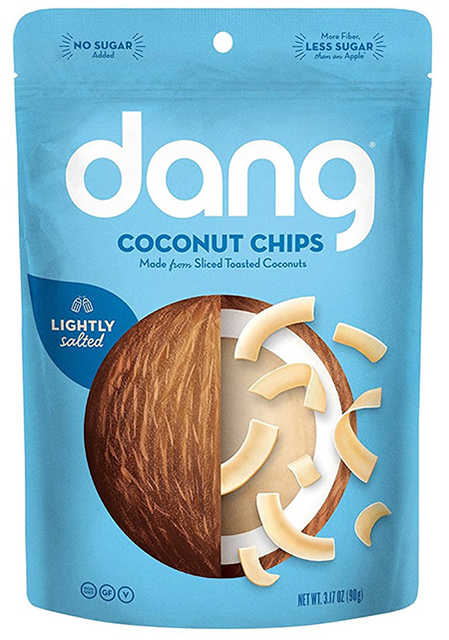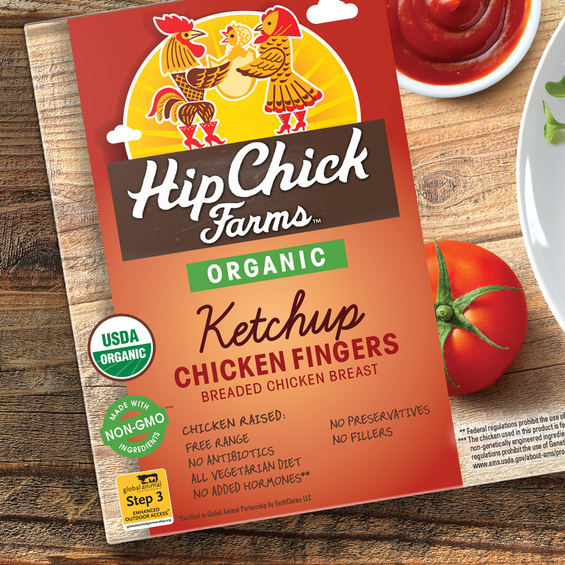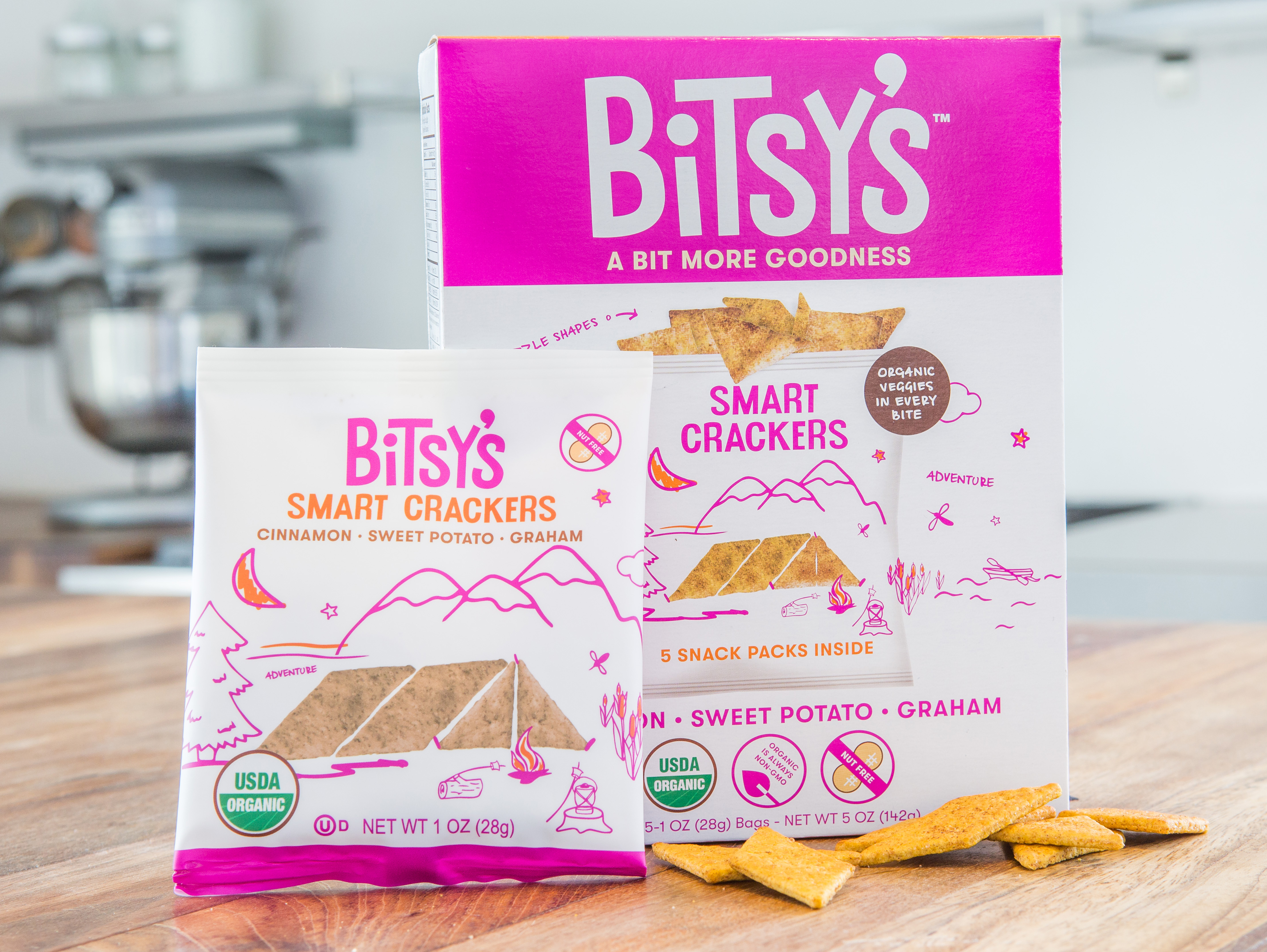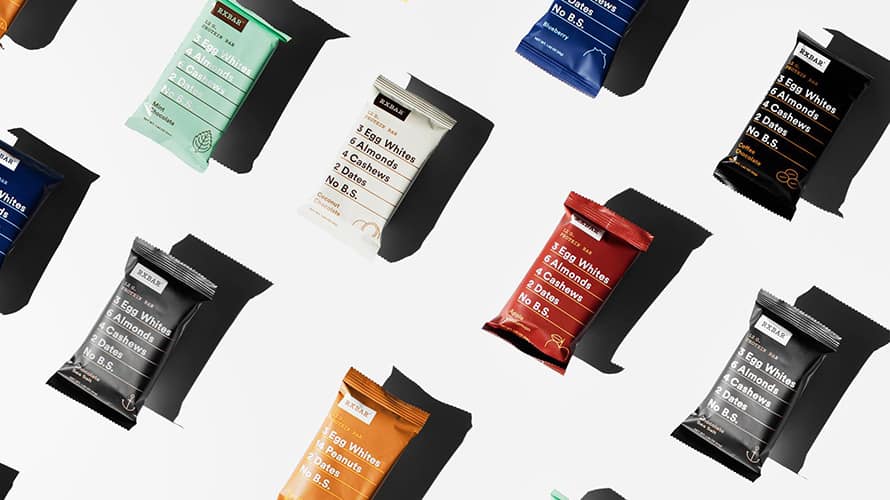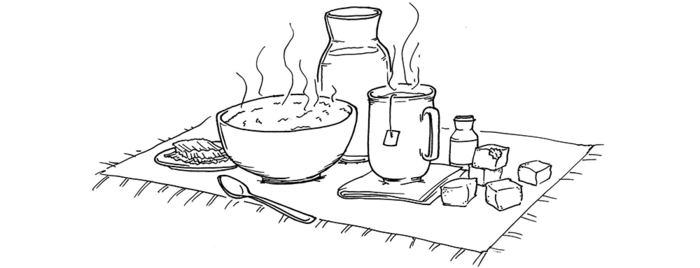
The holidays present myriad opportunities to eat and drink. A lot. If you overindulge, no need to pay the piper. Here is what to eat and drink NOW to feel better.
Everyone eats too much at one time or another. We have a few suggestions to help you feel better and get back on track NOW.
Eat and drink your way back to good health after a binge
Buttery mashed potatoes ladled with heavy whipping cream, a special rib roast with blue cheese sauce, sweet potato casserole dabbed with marshmallows, not to mention and ungodly portions of turkey, brussel sprouts cooked in bacon grease and an extra slice of that gooey molten chocolate lava cake or ‘I’ll take pumpkin and pecan’ – the holidays are stuffed with hard to digest, fatty, ultra-rich foods. Even though they go down so easily, your body will not thank you later for ingesting these delicious foods. Layer on a few glasses of wine and a celebratory whiskey or two and your body is now primed for an epic crash. So, what can you do to help your body feel good the day after excessive holiday binge eating?
Everyone from everywhere around the world has a cure for what ails you. From the hair of the dog to special teas or spicy soups, every culture has a remedy for a hangover or belly, bloated from overeating. But whatever remedy you select, keep in mind that any “cure” for overindulgence, must first calm the inflammation and then hydrate you. Once that is sorted, look for ways to help your body absorb nutrients and reduce the symptoms of over indulgent eating and drinking.
Probiotics: Fermenting After a Feast
Probiotics, or beneficial bacteria, help move food through your digestive system. They are also used to treat inflammation, which can begin in your gut. Because 70 to 80% of immune cells are located in your digestive tract, probiotics have a direct impact on reducing inflammation. Probiotics are found in a number of traditional beverages and are a tremendous tool for calming digestive distress, caused by overeating and overdrinking.
Kefir, a fermented milk drink, has its origins in the Caucasus Mountains of southern Ukraine. A bacterial starter culture is added to milk which, over time, interacts with the milk’s natural lactose, breaking it down and developing probiotics, such as lactobacillus acidophilus. The milk is transformed into a more nutritious product. It’s high protein levels help repair damaged cells. And those extra probiotics mean this liquid is able to quickly hydrate you. Popular in Russia and Eastern Europe for centuries, kefir became better known in the United States when Russian immigrant Michael Smolyansky launched Lifeway, now the largest kefir manufacturer in the United States.
Another fermented beverage, kombucha, also has its origins – well, at least we think – in Eastern Europe at about the same time as kefir. Usually made from black or green tea to which a starter bacterial culture is added, kombucha’s beneficial probiotics are similar to kefir but without the dairy or dairy’s energy-pumping protein. Light and sparkling Kevita kombucha is loaded with the power of hydration and the probiotics help deliver that hydration to your cells where it is needed most. Master Fermenter Sandor Katz [http://www.splendidtable.org/story/making-kombucha-an-excerpt-from-the-art-of-fermentation] knows his kombucha and love it for its ability to detoxify the liver. Check out his recipe to make your own – your microbiome will thank you.
Tea: It’s Always there for You
Even without the benefits of fermentation, tea, the most popular drink in the world, can help you recover from a night of hard core binging. Black tea has high levels of an antioxidant linked to lowering cholesterol. A daily cup of green tea is shown to reduce the risk of cardiovascular disease. And herbal teas, like chamomile, popular in Germany, help promote sleep and can calm a rumbly stomach. Made from crushed seeds, fennel tea contains concentrations of volatile oil compounds that is widely used in India, China and the Mediterranean as an anti-inflammatory and a remedy for bloating.
Protein Drinks Make the Cut
Protein drinks are rising in popularity as a quick way for the body to recover after a workout and the benefits are the same for any kind of bodily recovery. Whey protein contains no casein (another milk protein) and naturally includes all nine amino acids, which qualifies it for complete protein and superfood status. A single serving of Levels whey protein comes in a handy portion-size pouch, perfect for quickly mixing with a glass of water for a speedy recovery. Even better, it boasts 24 grams of protein, direct from 100% grass-fed cows.
Vegan protein drinks are trending, too, and Soylent Drink boasts 20 grams of pure pea protein. Growing Naturals protein powders are made entirely of rice and pea protein. A scoop in a glass of water is cool but blending into pancakes or a fruit-based drink smoothes the way to recovery after a big meal. Vegan proteins are easy to digest and are an excellent source of iron, a mineral that also helps to restore oxygen in your blood cells, further reducing fatigue.
Don’t Forget Some Carbs
Oatmeal, or any carbohydrates with whole grain fiber, are another key to reducing inflammation. Because they move through your digestive tract slowly, new thinking says that they can promote the growth of good bacteria in the gut.
And if your body is still screaming for more sugar, that can be ok, too. Smashmallow, a new gourmet marshmallow company, designs flavors like Meyer Lemon, Chia Seed and Espresso Bean to revive your senses and give your body a quick burst of pure, unadulterated energy.
And Some Micronutrients
Potato or corn chips can have nearly magical properties to cure nausea (just ask any woman who has ever been pregnant) but a girl cannot live on potato chips alone. Besides, Michael Pollan ‘just doesn’t bring them into the house because the chips always win.’ That’s where seaweed chips come in. According to Forbes magazine, the seaweed industry is growing at nearly 9% annually and seaweed snacks are spiking in popularity. Why? Cuz they are loaded with micronutrients, vitamins and minerals and very little pesky fat or calories. Added bonus, seaweed is loaded with umami, the fifth most savory flavor, that makes it difficult to stop eating. GimMe Organic roasts their seaweed to tasty perfection and puts it in a portion-size package, perfect for lunchboxes. OCean’s Halo makes chips and slightly thicker strips. More like seaweed leather, if you will.
Lastly, Self Love
One of the best remedies for overeating is to just let it go and move on. Everyone has a cheat day. Some of us even have cheat weeks or months. Don’t beat yourself up. (Well, maybe just a little.) Then, when you are done with the self-disparagement, turn the other cheek and resolve to start fresh. Take care of yourself by drinking plenty of fluids. Start with water infused with lemon juice to help rebalance your pH levels. Eat something nourishing and easy to digest such as oatmeal, a protein-rich drink, or a few strips of seaweed. Then, rev your engine with a workout suited to your needs. Or, just take a brisk walk around the neighborhood with family and friends. Your tummy will thank you for the break from those rich foods and you’ll have an extra boost of energy all week long. Sweet!

